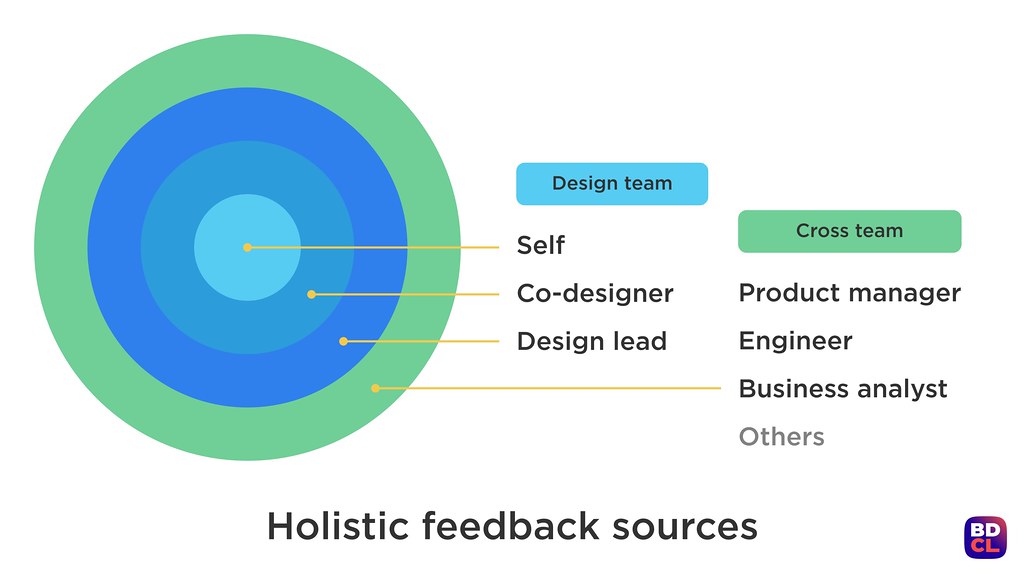This week at Avaloq, I officially re-wore my hiring manager cap for the UX design team, as we’ve officially published our open positions. I spent the latter part of the week reviewing applicants and determining who among them are candidates.
Appreciate all of you, designers (and you, one industrial designer, and also you, one visual merchandiser), for submitting your applications. Recruitment is still in its initial phases, so keep ’em coming!
So, what goes on in the process of having an application go from an applicant to candidate status? Let’s go over the surface of the skimming level of the recruitment process.
Skimming level
The goal of skimming is to prepare a group of applications for evaluation and deliberation. At this point, the objective aspect of it is the presence of two things: the résumé and portfolio — one cannot do without the other in order to have a balanced basis for moving forward with an application.
The objective-subjective part, on the other hand, is determining if the résumé and portfolio’s relevance and quality fit the bill. The criteria is essential to the objectivity of the process and in itself is subjective as well because it is based on our organization’s culture, team’s mandate, and my professional approach as a hiring manager, among others.
This is not a black and white approach either because even without a portfolio, if an application fits the criteria, it is put on hold pending completion of the tandem (résumé and portfolio).
Relevance
At this early stage, the relevance of the résumé and portfolio pertains to the position being applied for (or with other available design positions).
- Is the work (includes personal) experience relevant (both in the field and number of years)?
- Are the portfolio items relevant (presence of UI designs and UX case studies)?
Quality
Bear in the mind that the recruitment is specific to the UX design team. Needless to say, a basic expectation is to be impressed by résumés and portfolios that are themselves designed — both information architecturally and visually.
- Is the résumé conducive to easy-understanding of the person’s strengths?
- Is the résumé visually-pleasing?
- Is the presentation of portfolio items conducive to easy-understanding of the person’s strengths (written descriptions and background information are essential)?
- Is the presentation of portfolio items visually-pleasing?
- Is the portfolio itself visually-pleasing?
Once an application fit the criteria, it gets a candidate status. Candidates are evaluated and deliberated along with others in the same category (e.g., associate category is separate from senior category). Skimming, true to the word itself, is a quick and reliable activity; still, a thorough process ensues in the next level — starting again with the candidate’s résumé and portfolio.
Conclusion
I know, the title says, Of cover letters because that idea inspired me to write this article (although it is mostly about skimming). Cover letter, it is cherry on top — when it is intended for the specific position being applied for (in contrast with a generic one). In my experience, a particular application with a specific cover letter is like hearing the person introduce themselves — in which, I would gladly listen.
A cover letter is not part of our requirements or criteria, though. An important note is that a strong application is holistic in its approach in propositions (i.e., job applications) and that includes a specific cover letter, a well-designed resume, and a cohesive portfolio.
[ntt_percept page=”avaloq-open-positions”]



